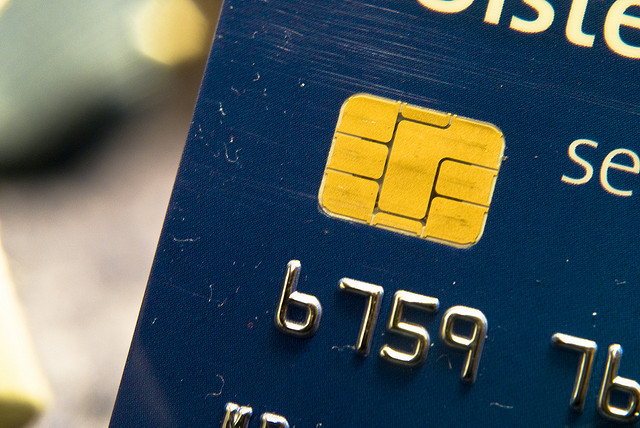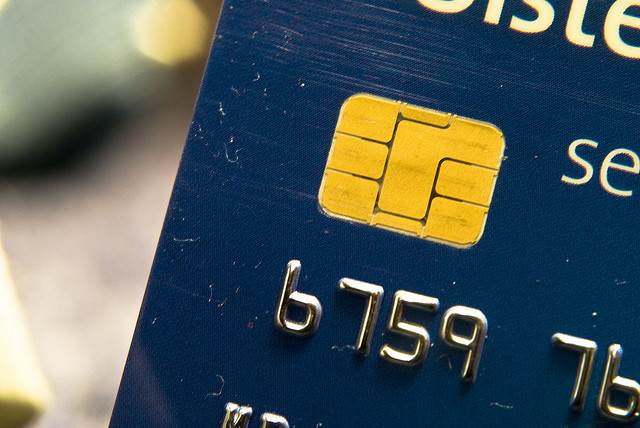
(credit: Ciaran McGuiggan)
With the October 2015 deadline behind us and Square now offering a compatible reader, we’re surfacing our explainer on the US’ slow transition to the chip-and-PIN credit card system. This piece was originally posted in August 2014, but we’ve made some minor modifications to bring it up to date.
Earlier this week, mobile payments company Square announced that it is finally launching its long-awaited card reader that will accept payments from cards with an embedded chip or a Near Field Communication (NFC) chip. Currently, US consumers primarily rely on swipe-and-sign credit cards, which give card details to a merchant through the magnetic stripe on the back. But because the swipe-and-sign system became overburdened with instances of fraud, MasterCard, Visa, and other financial groups decided in 2012 that they would transition their systems to a chip-based setup called EMV (eponymous for EuroPay, MasterCard, and Visa, the three primary developers of the standard) by October 2015.
Square is hoping to capitalize on this transition by being one of the first companies out of the gate in the US to offer small- and medium-sized business owners a smaller, less-expensive alternative to buying a whole new set of credit card terminals.
Read 15 remaining paragraphs | Comments
![]()







